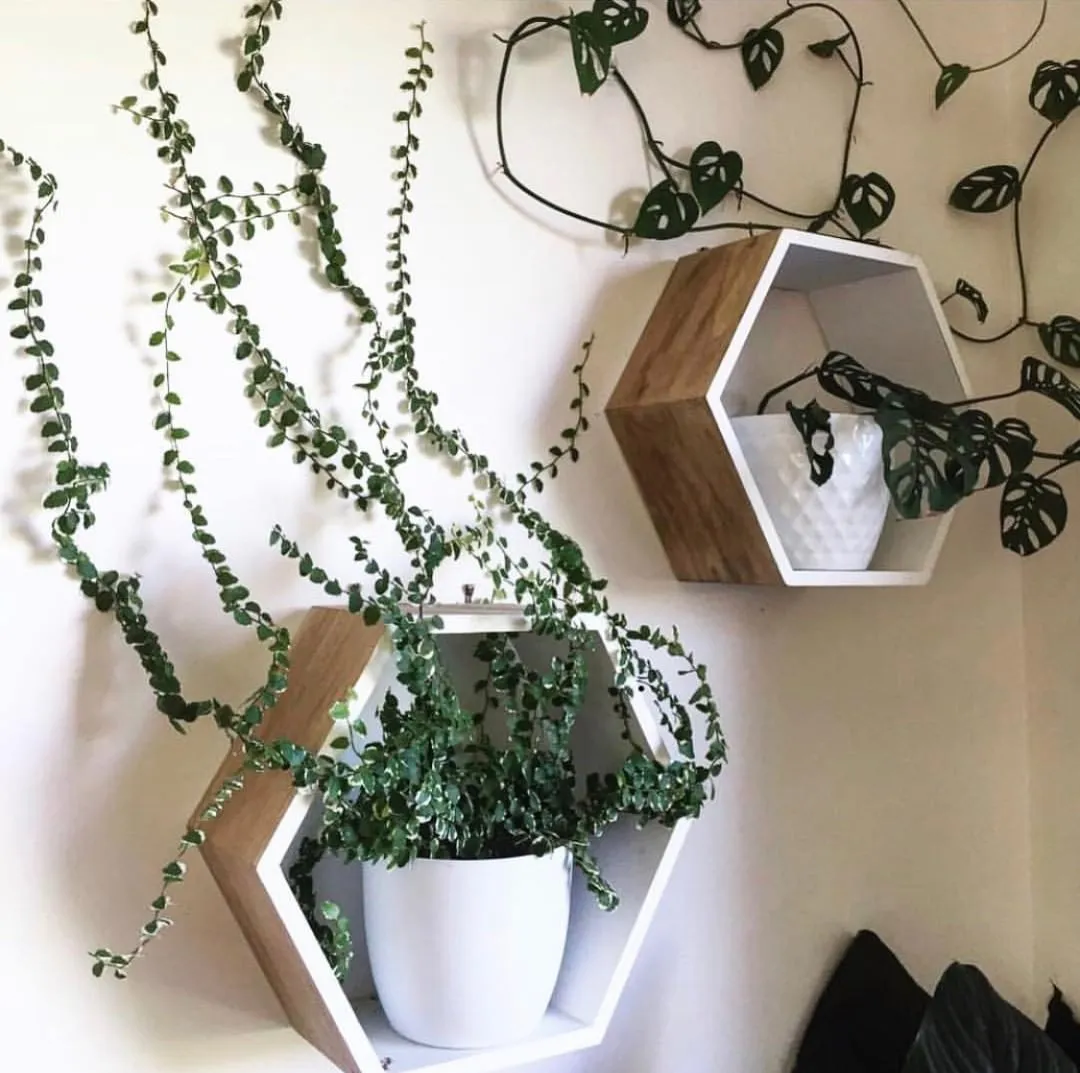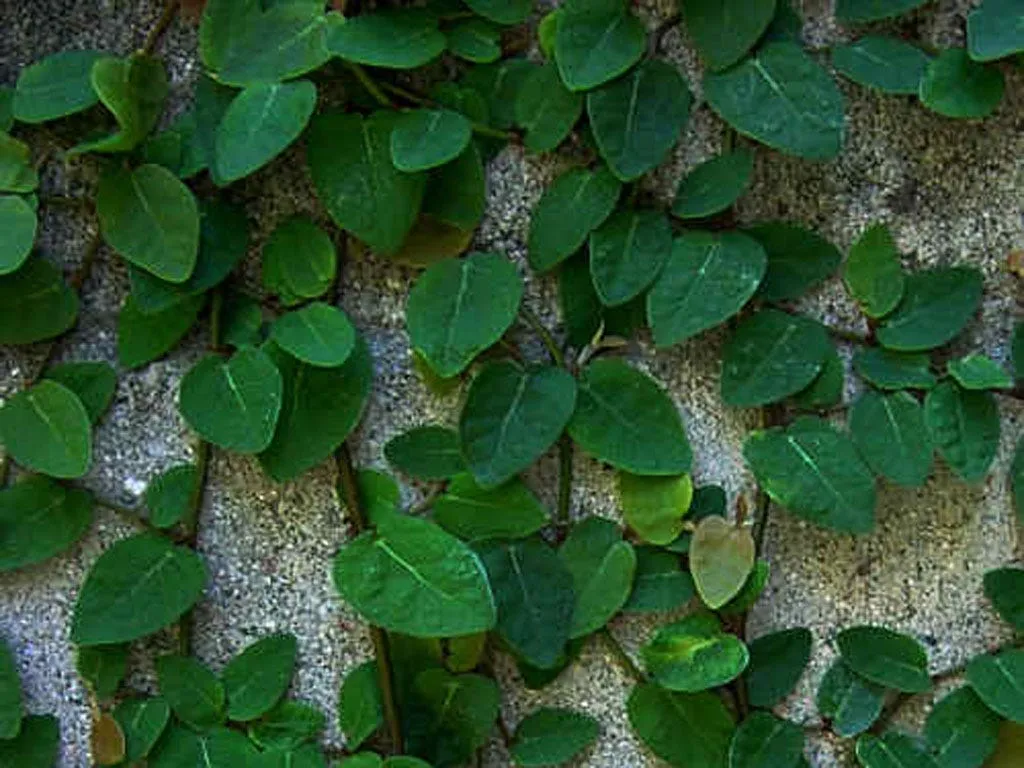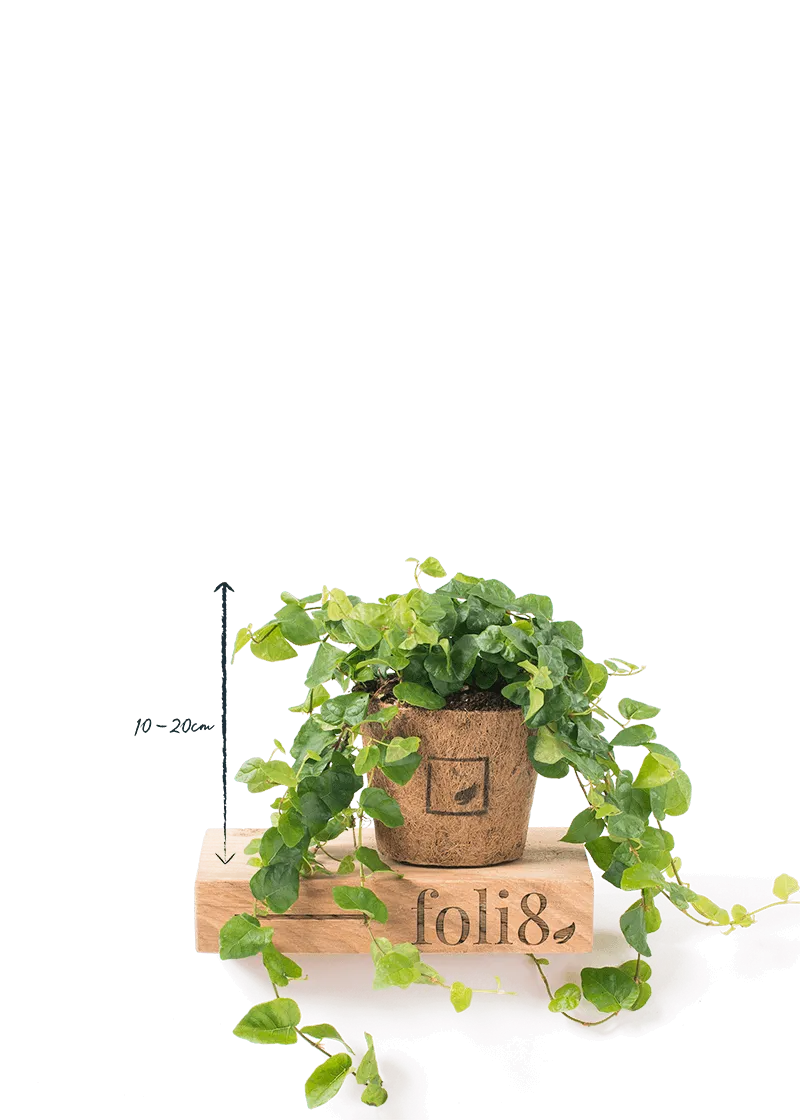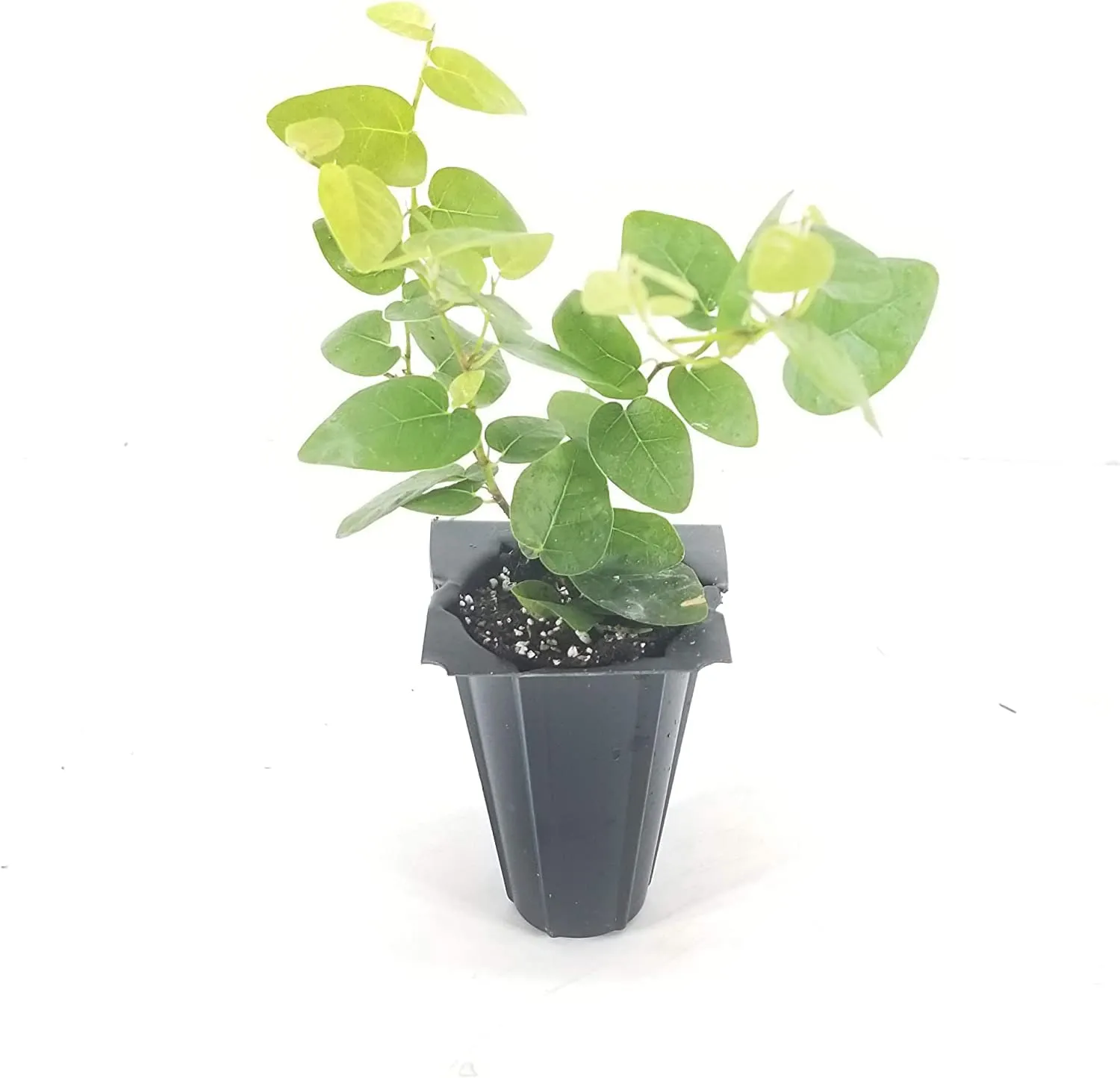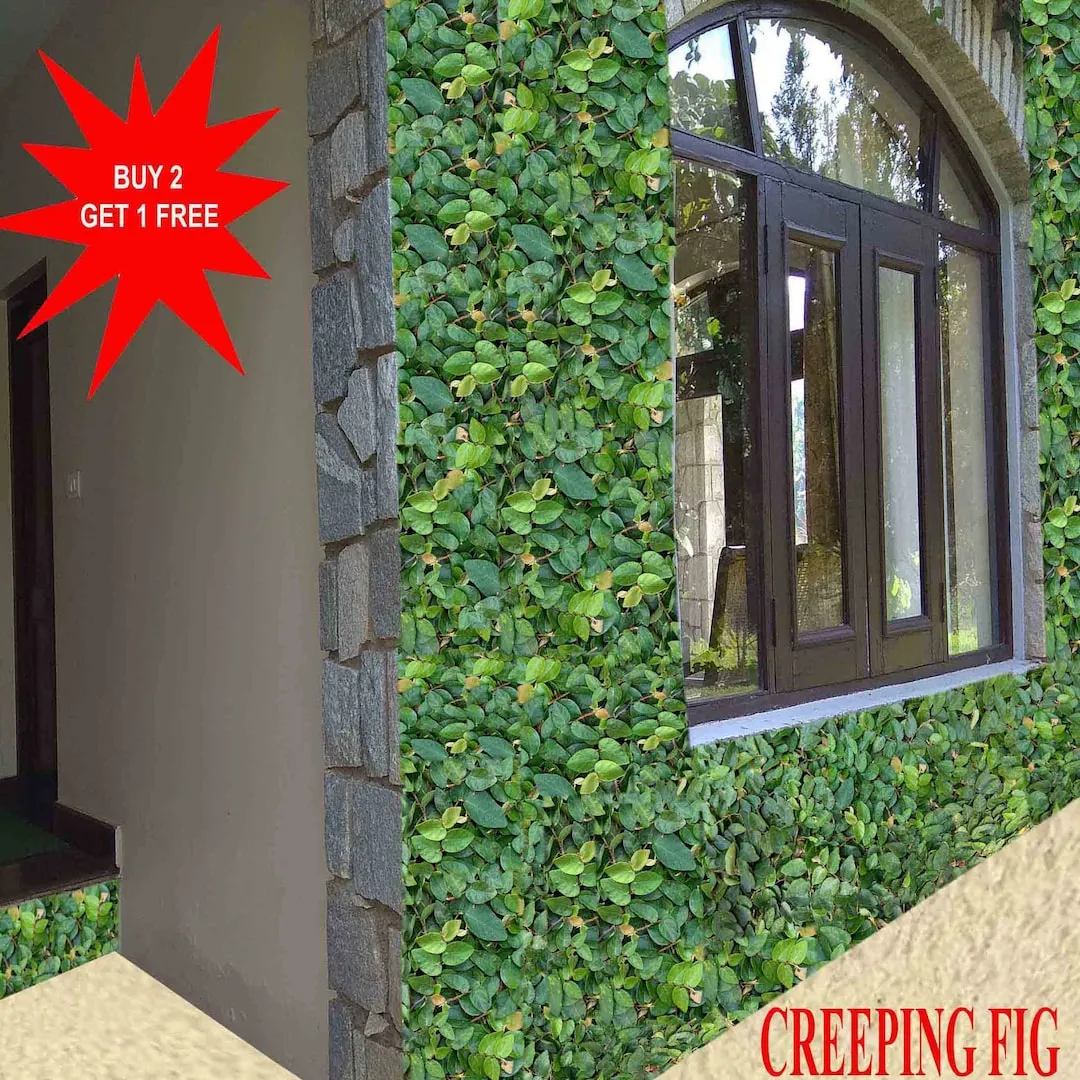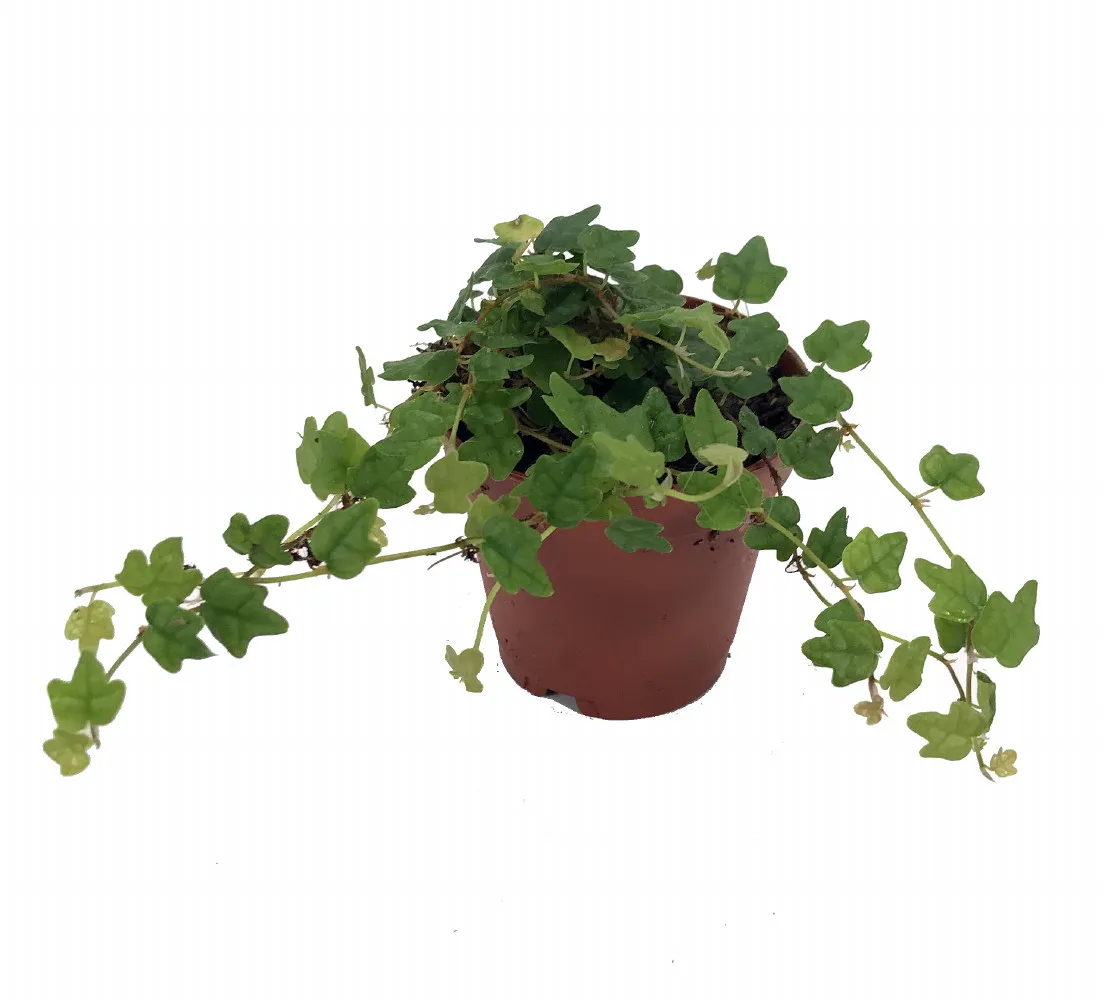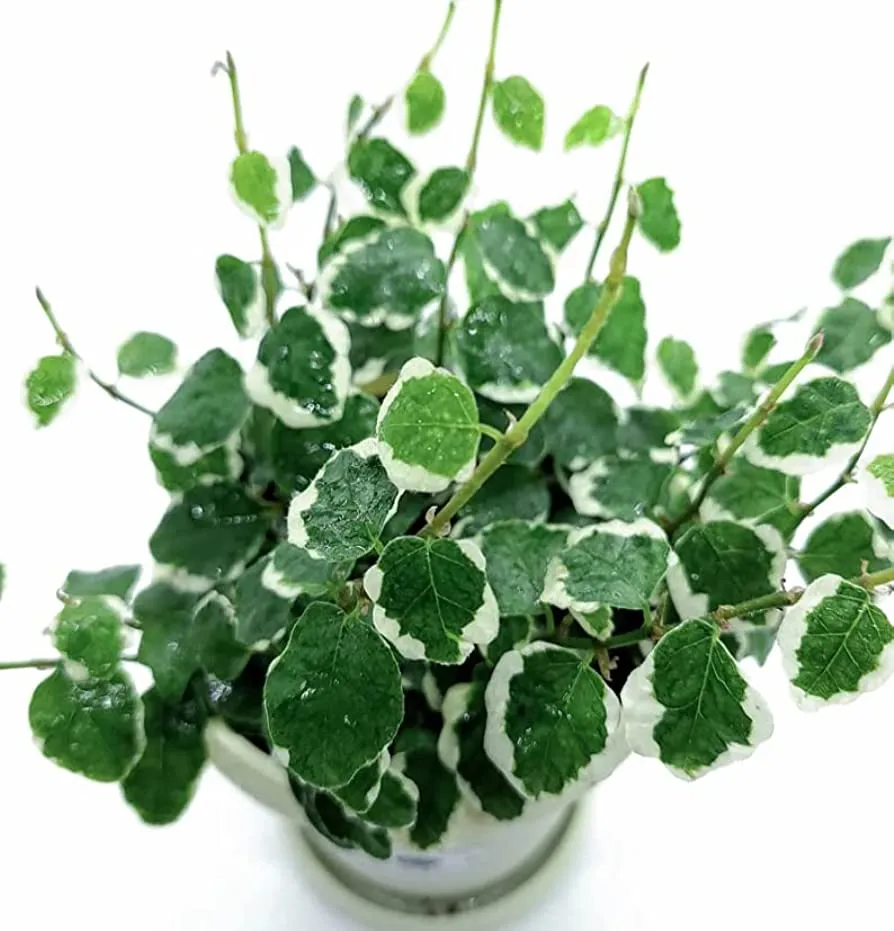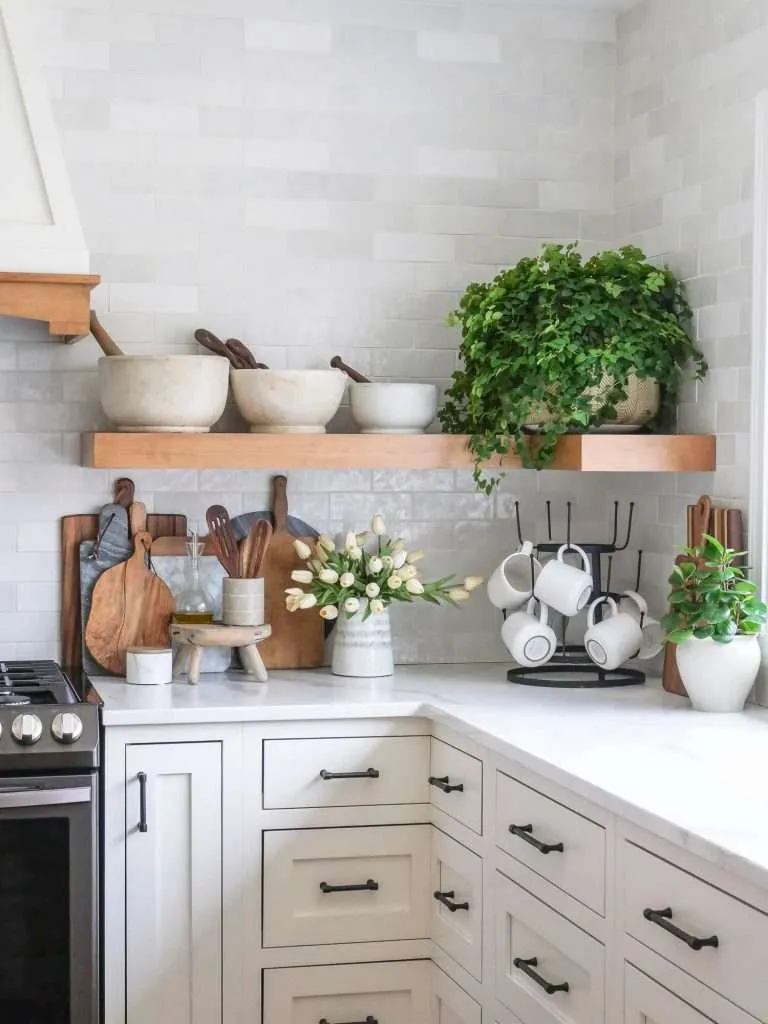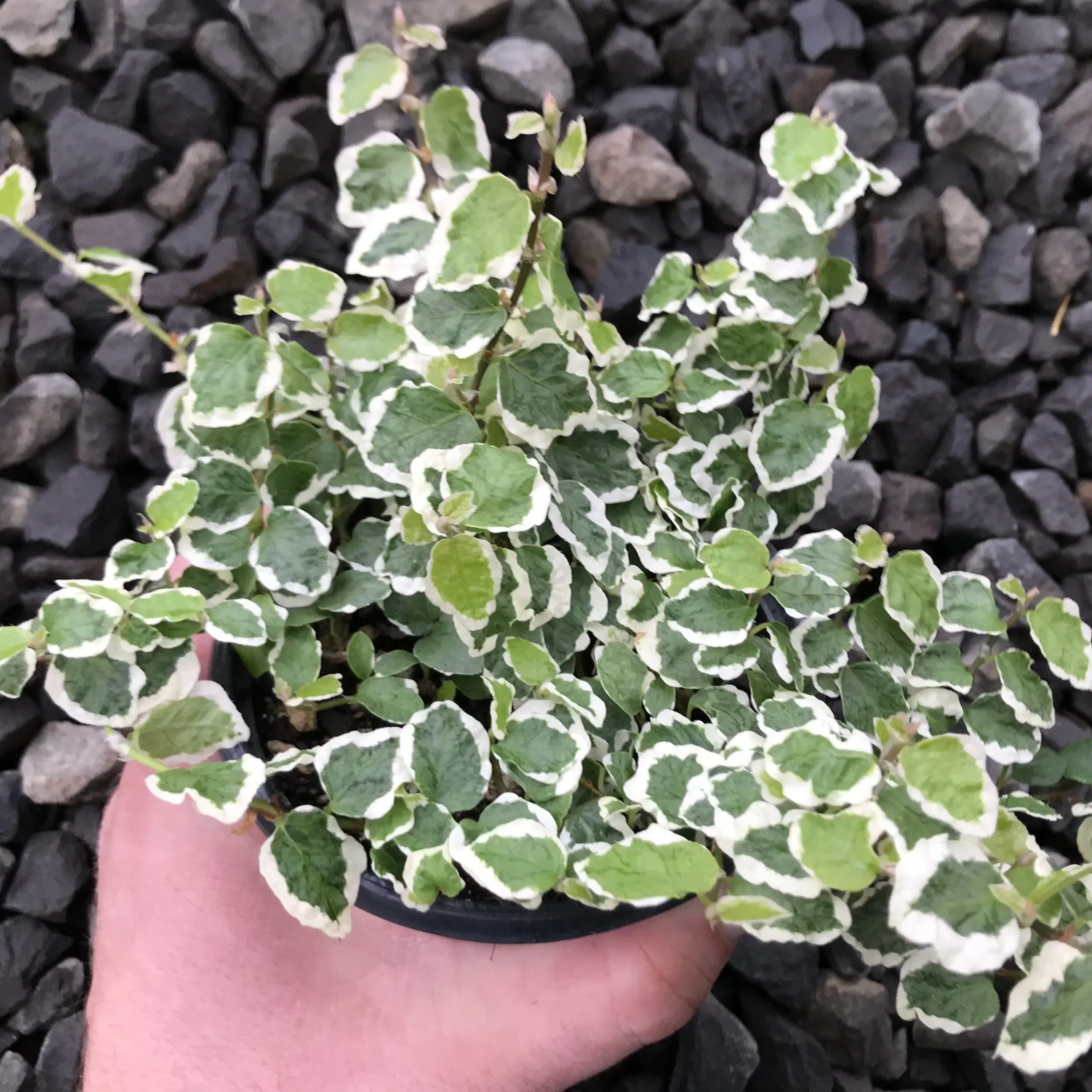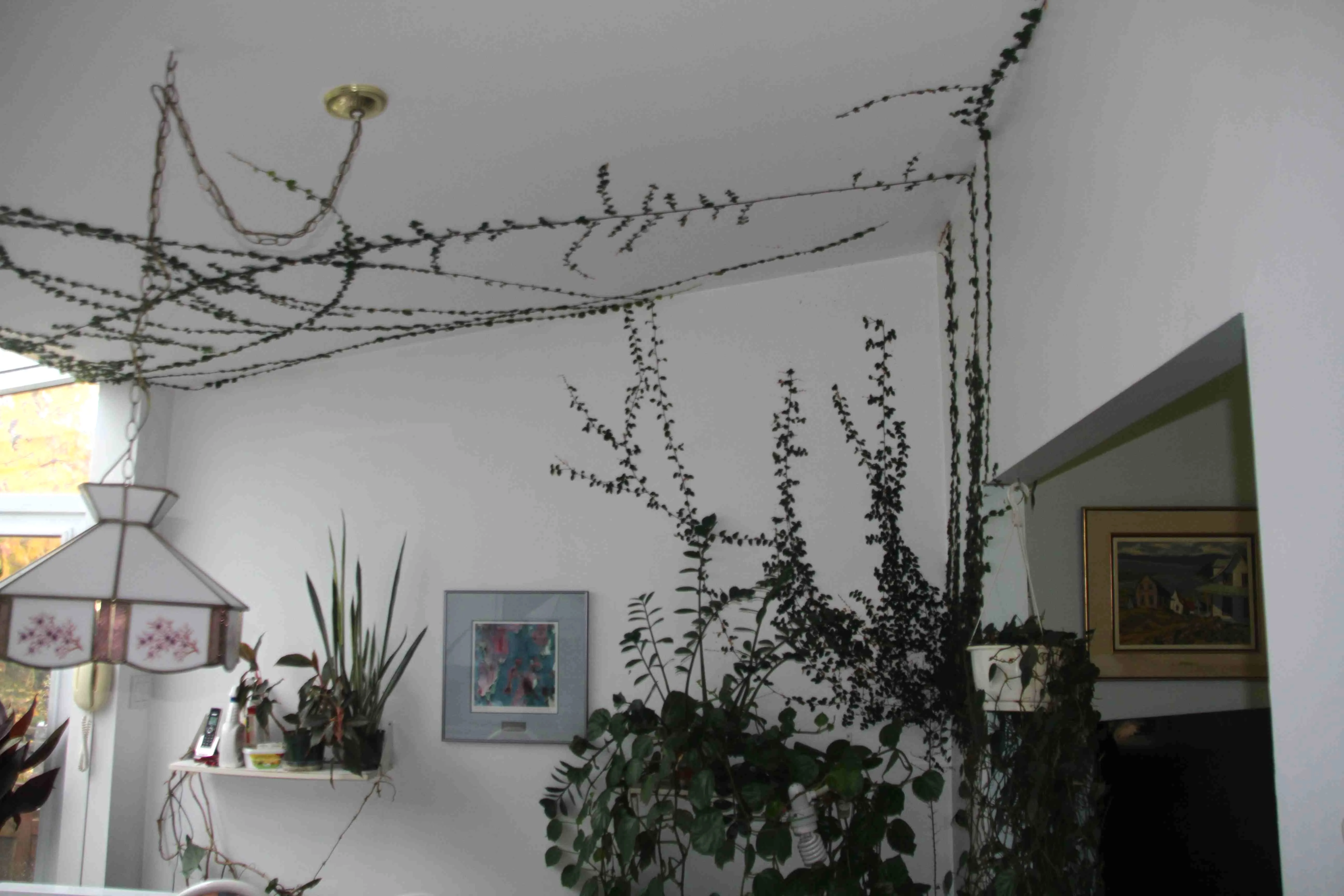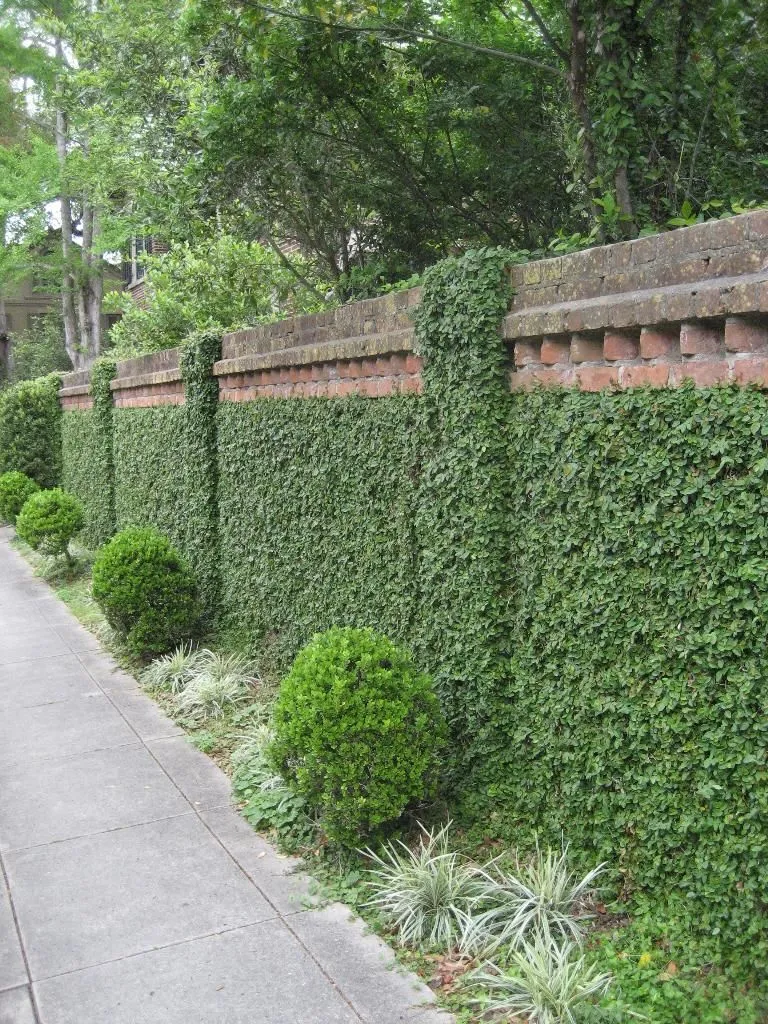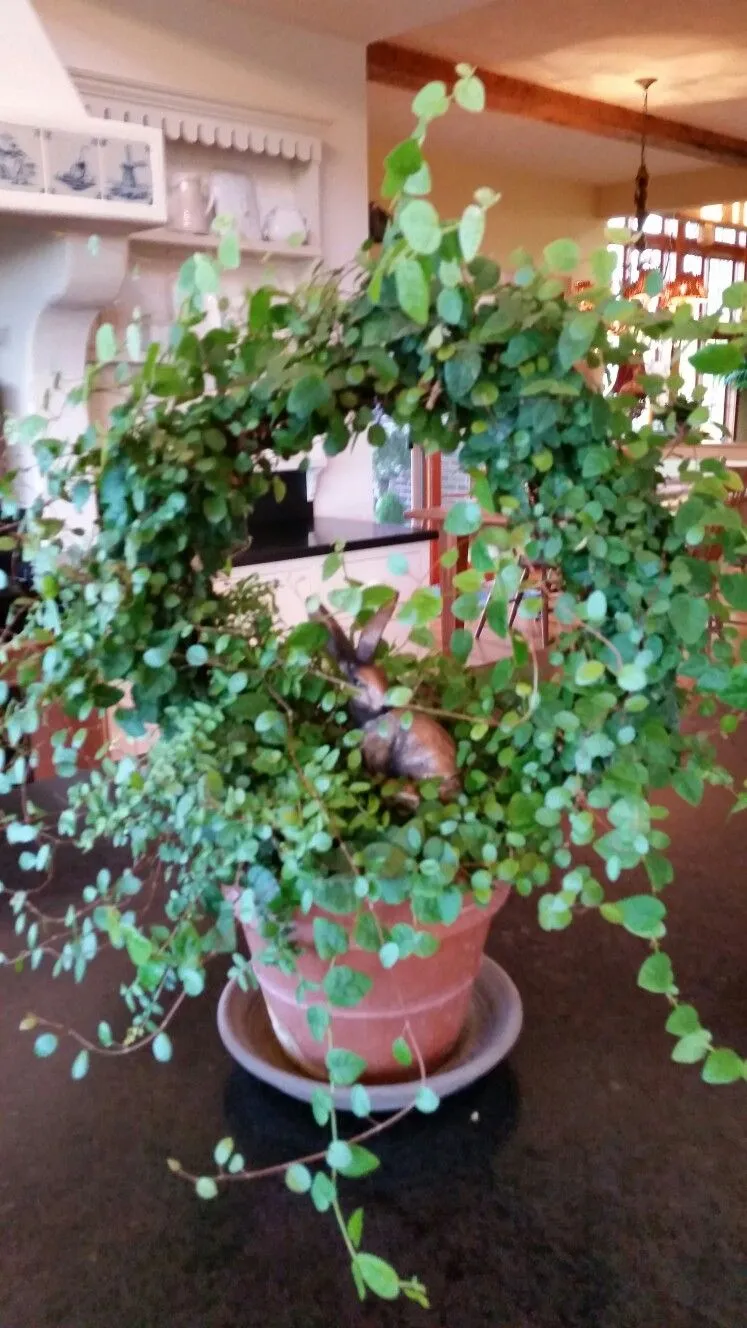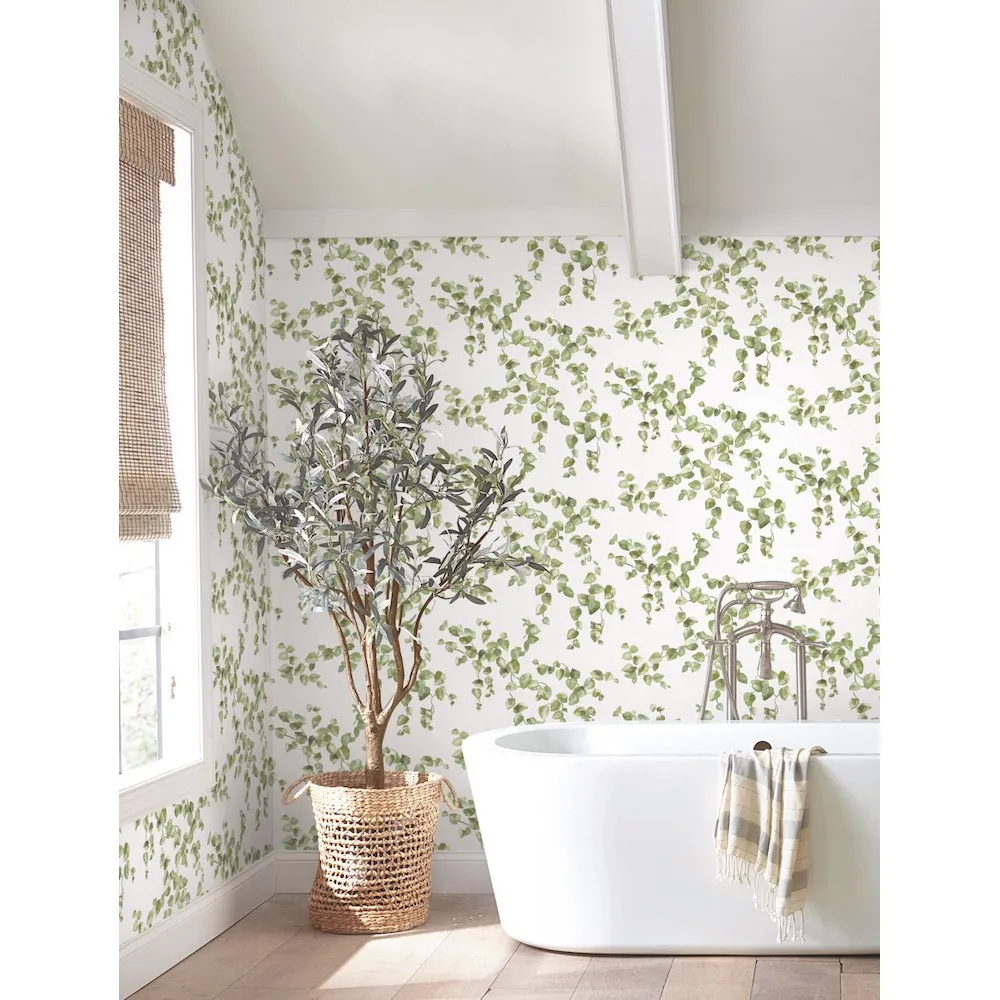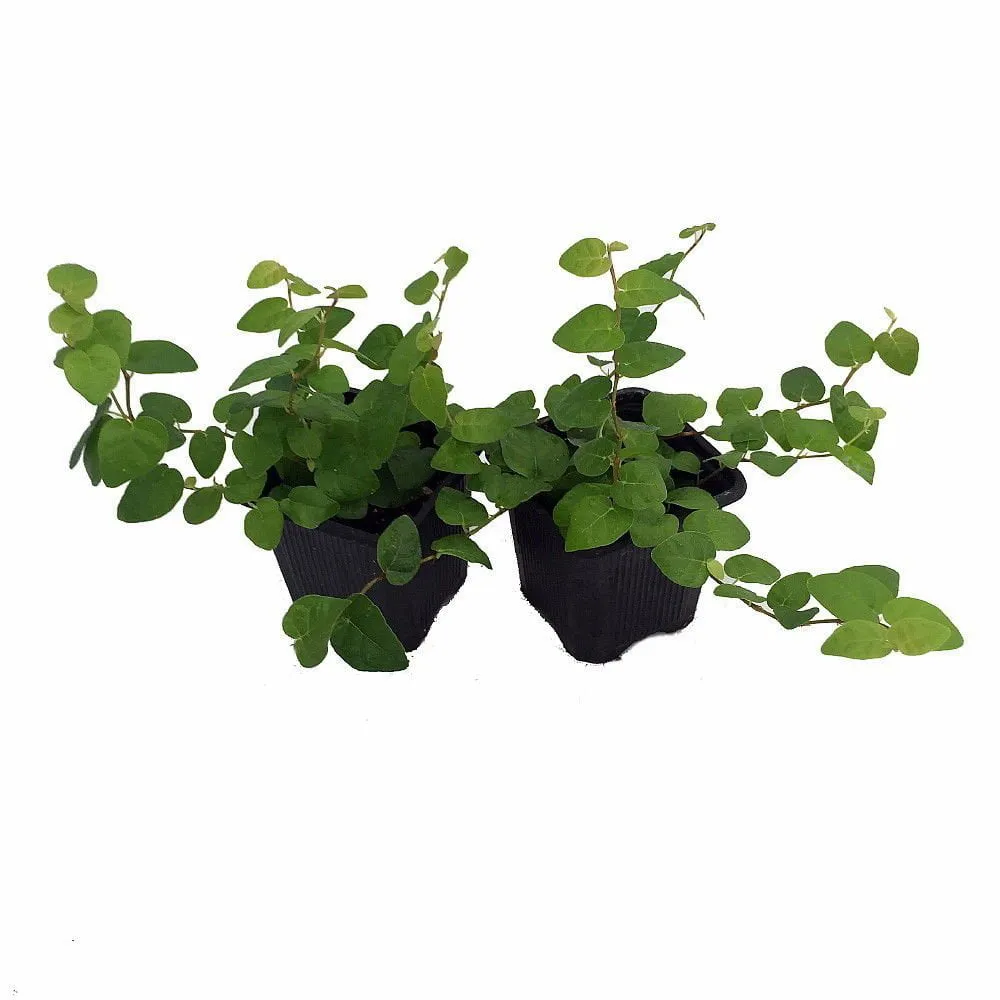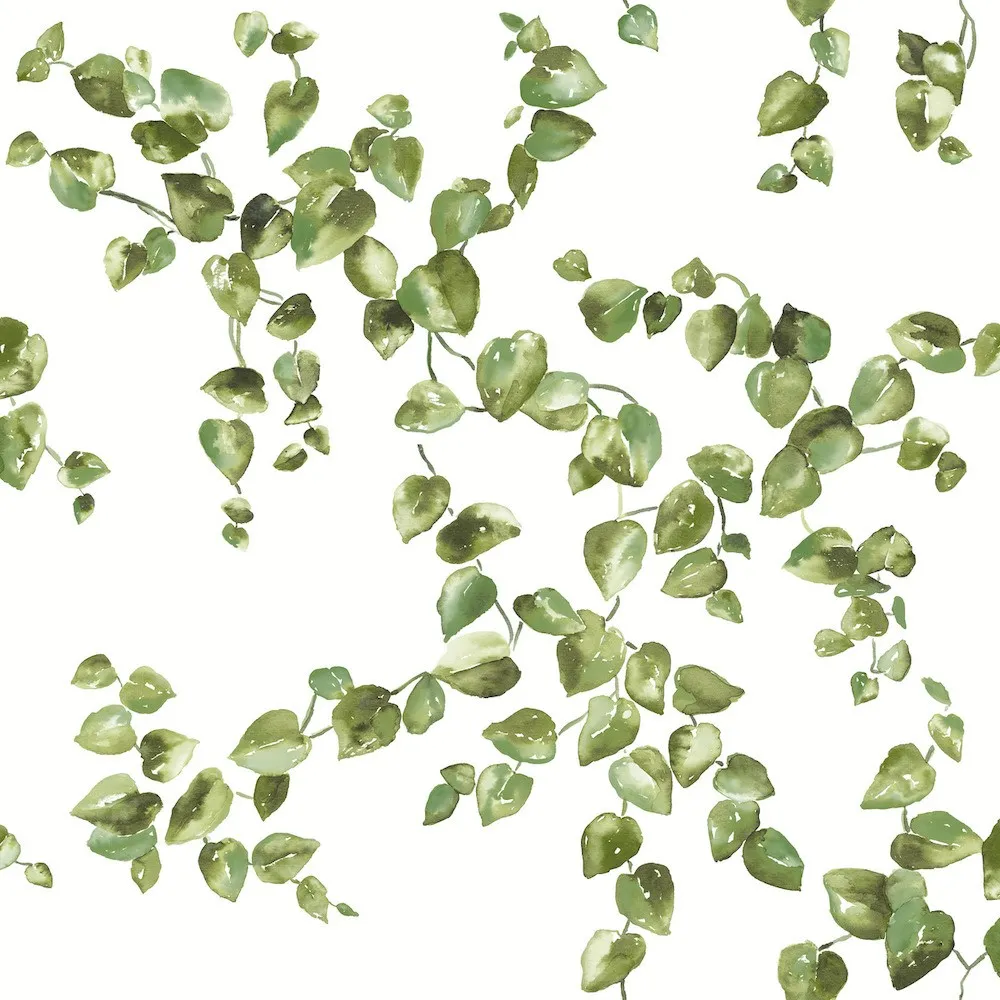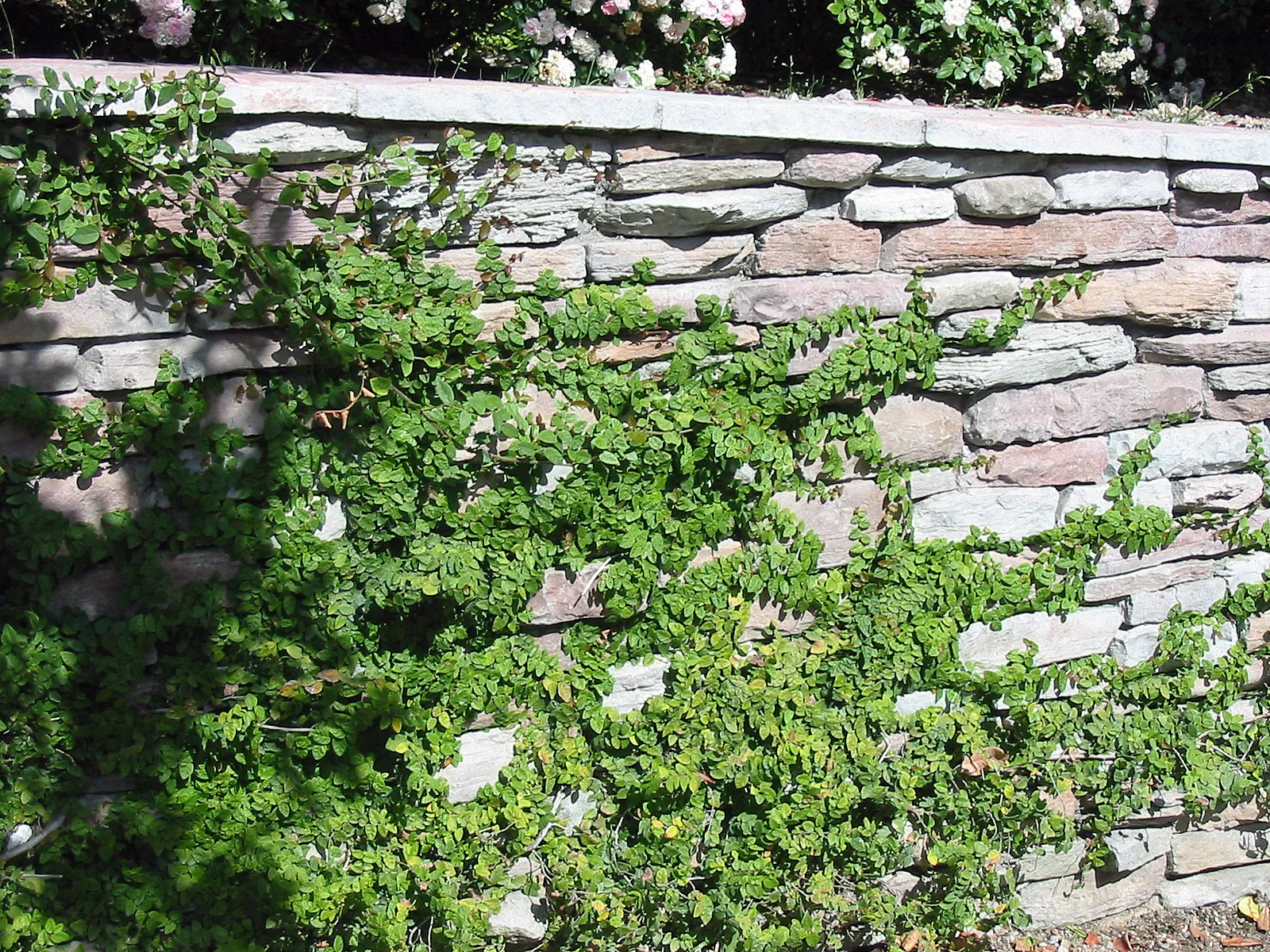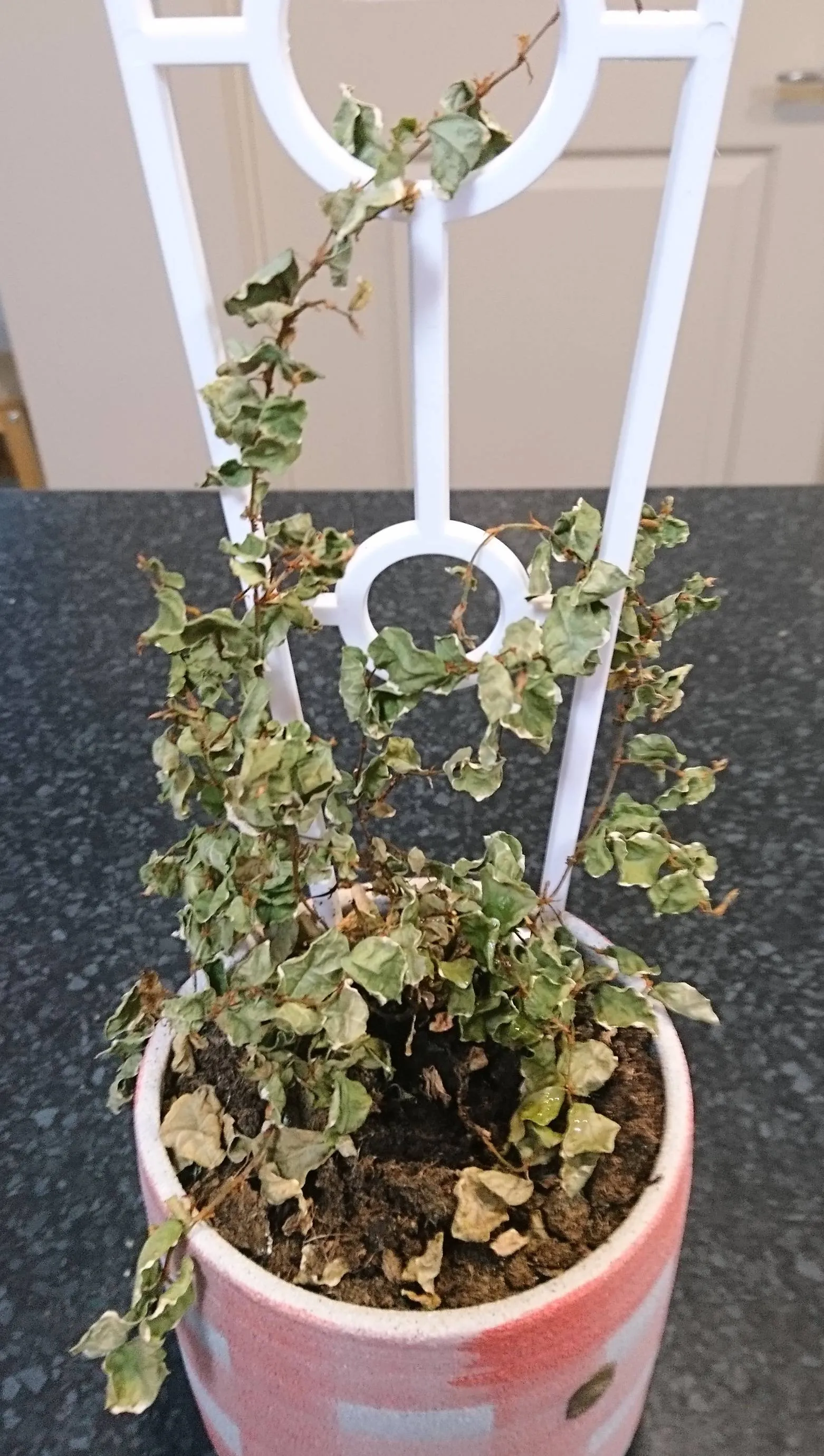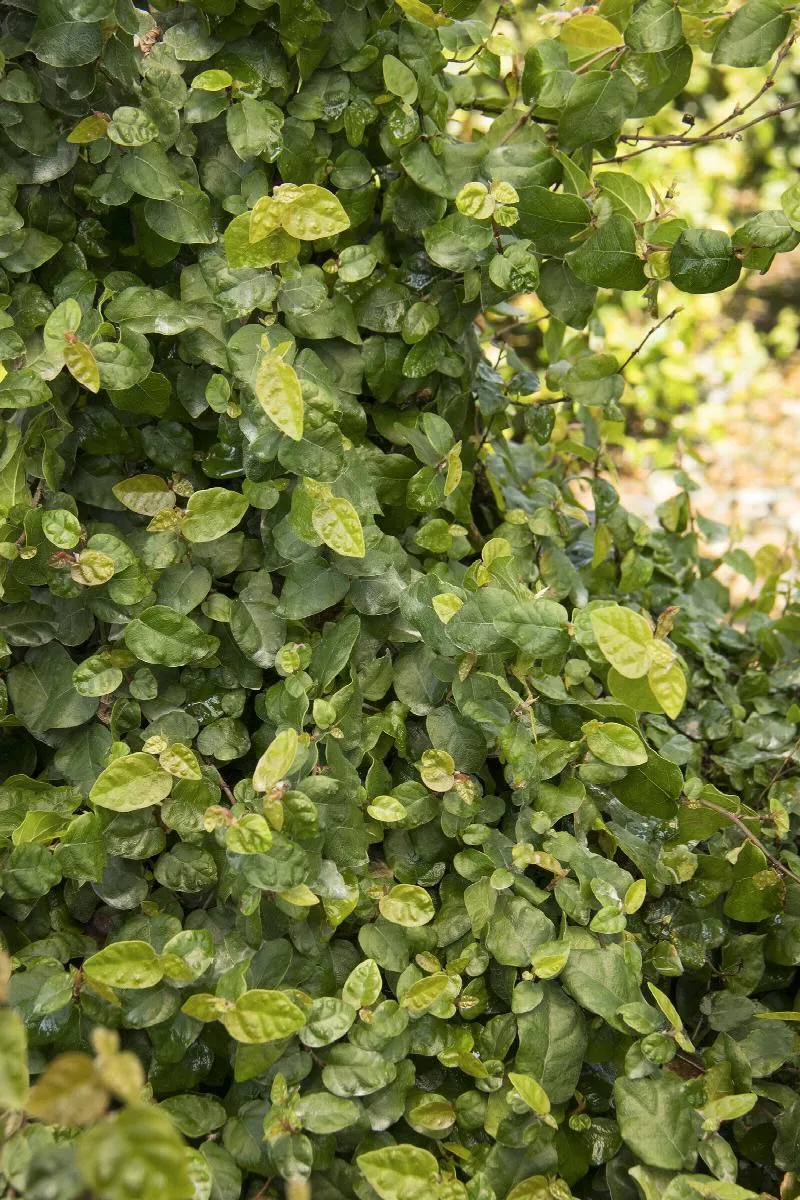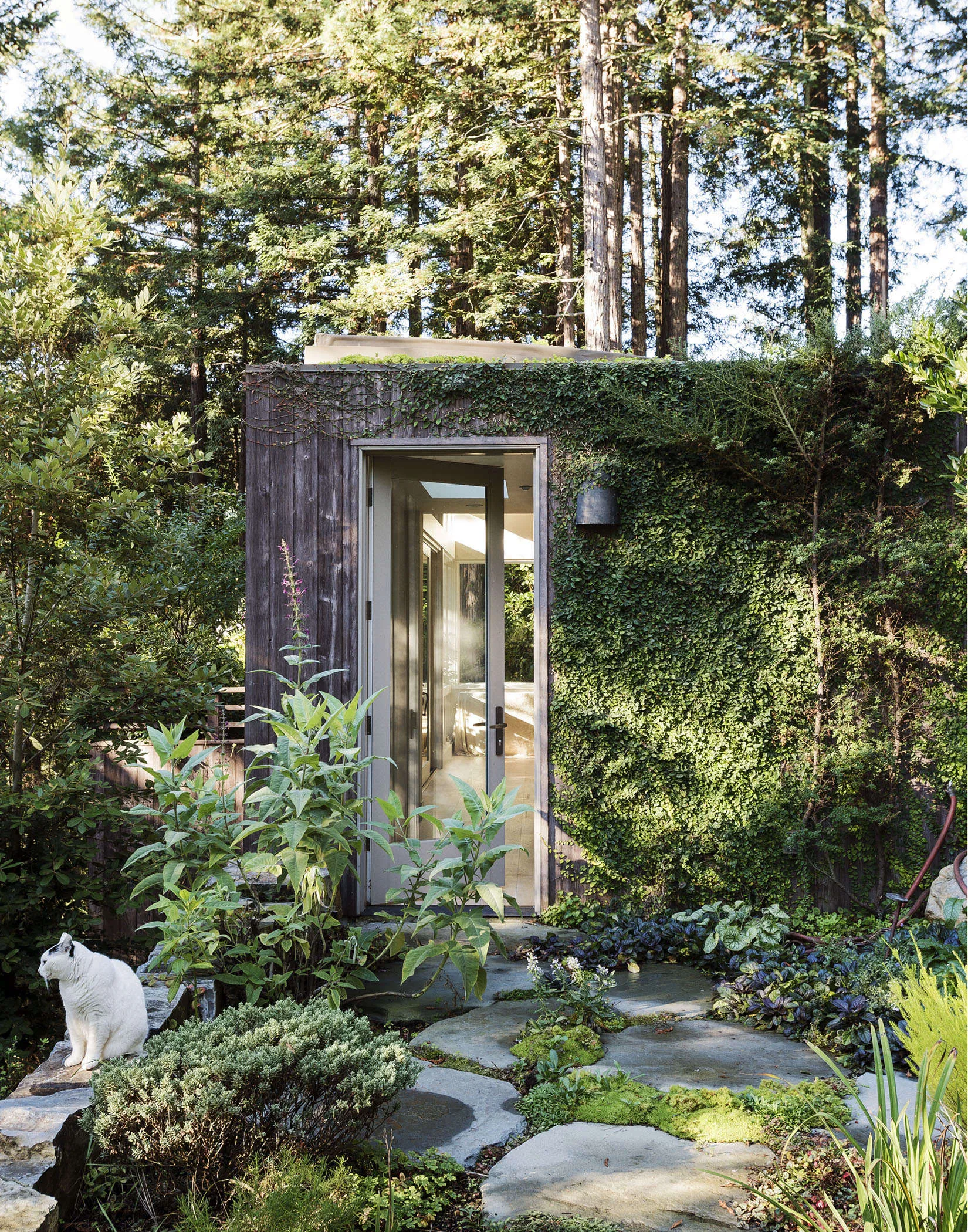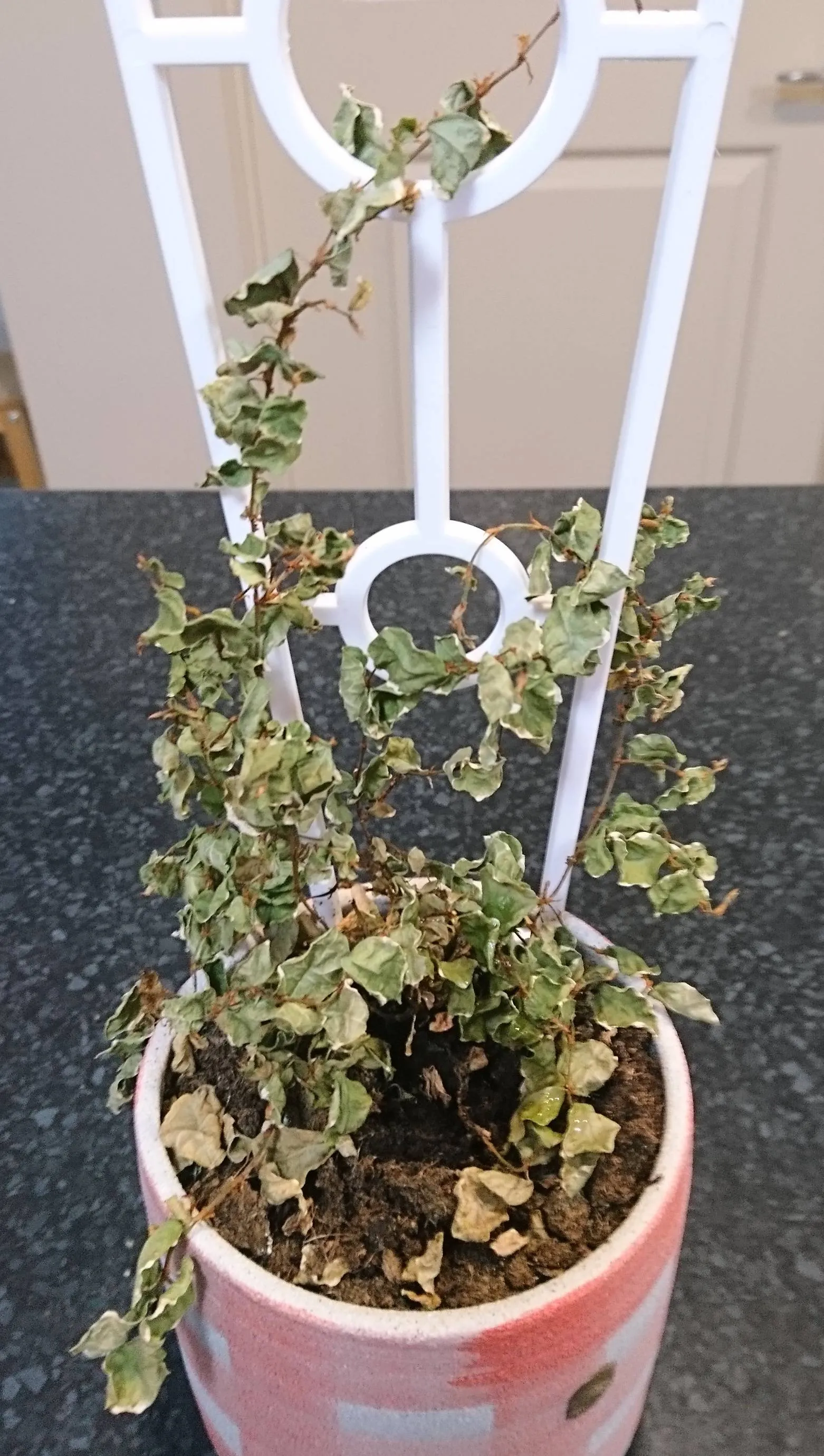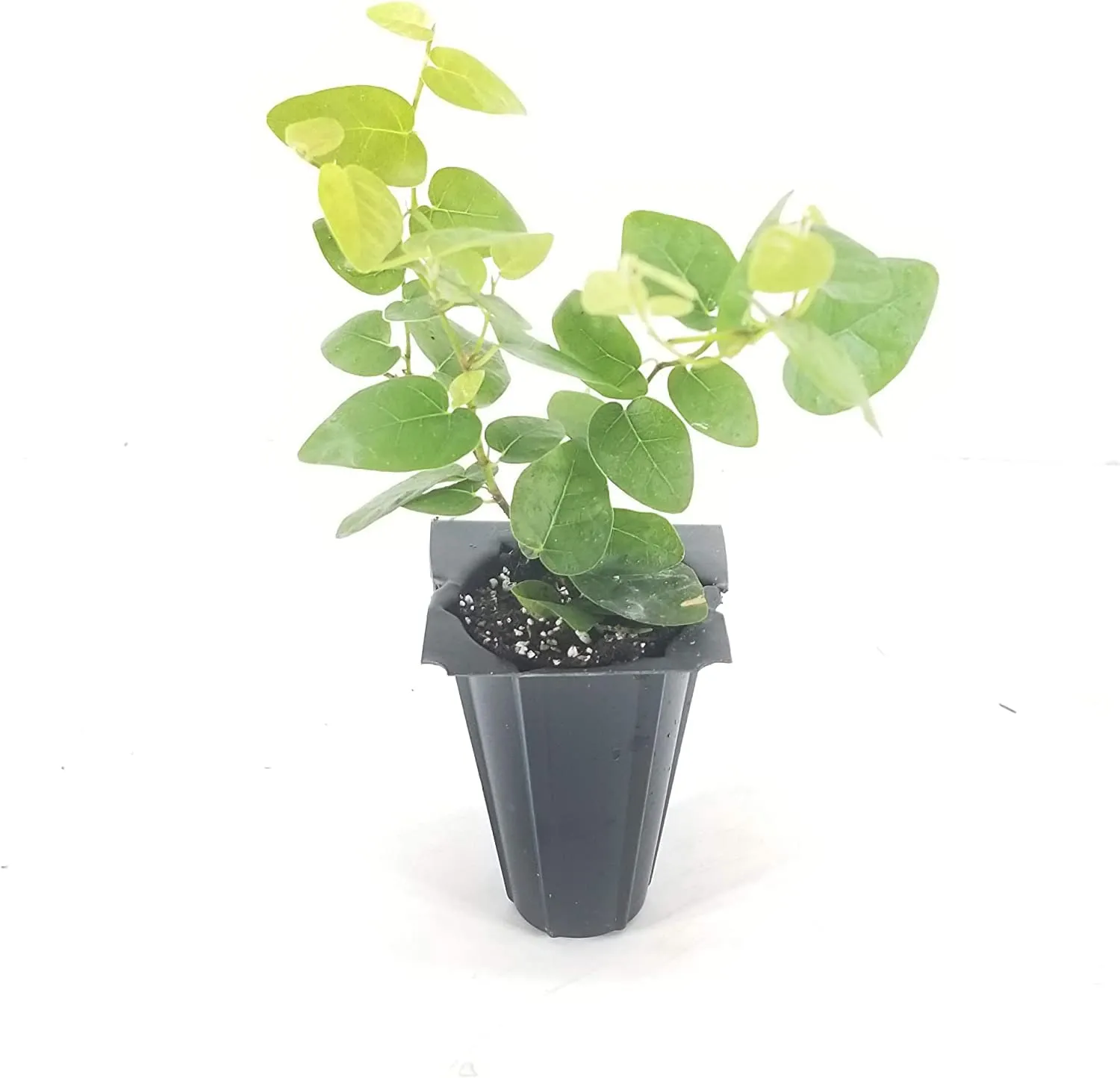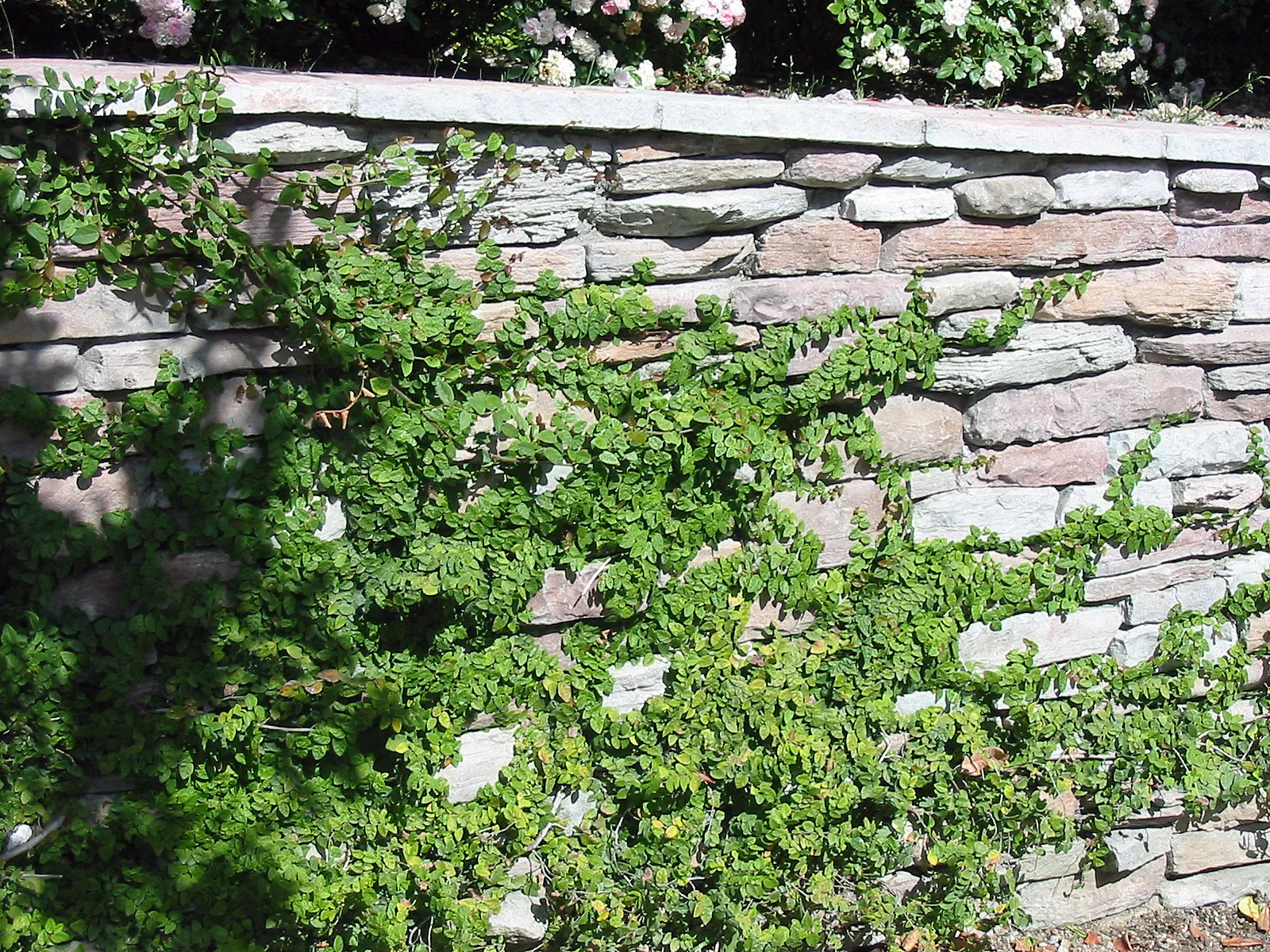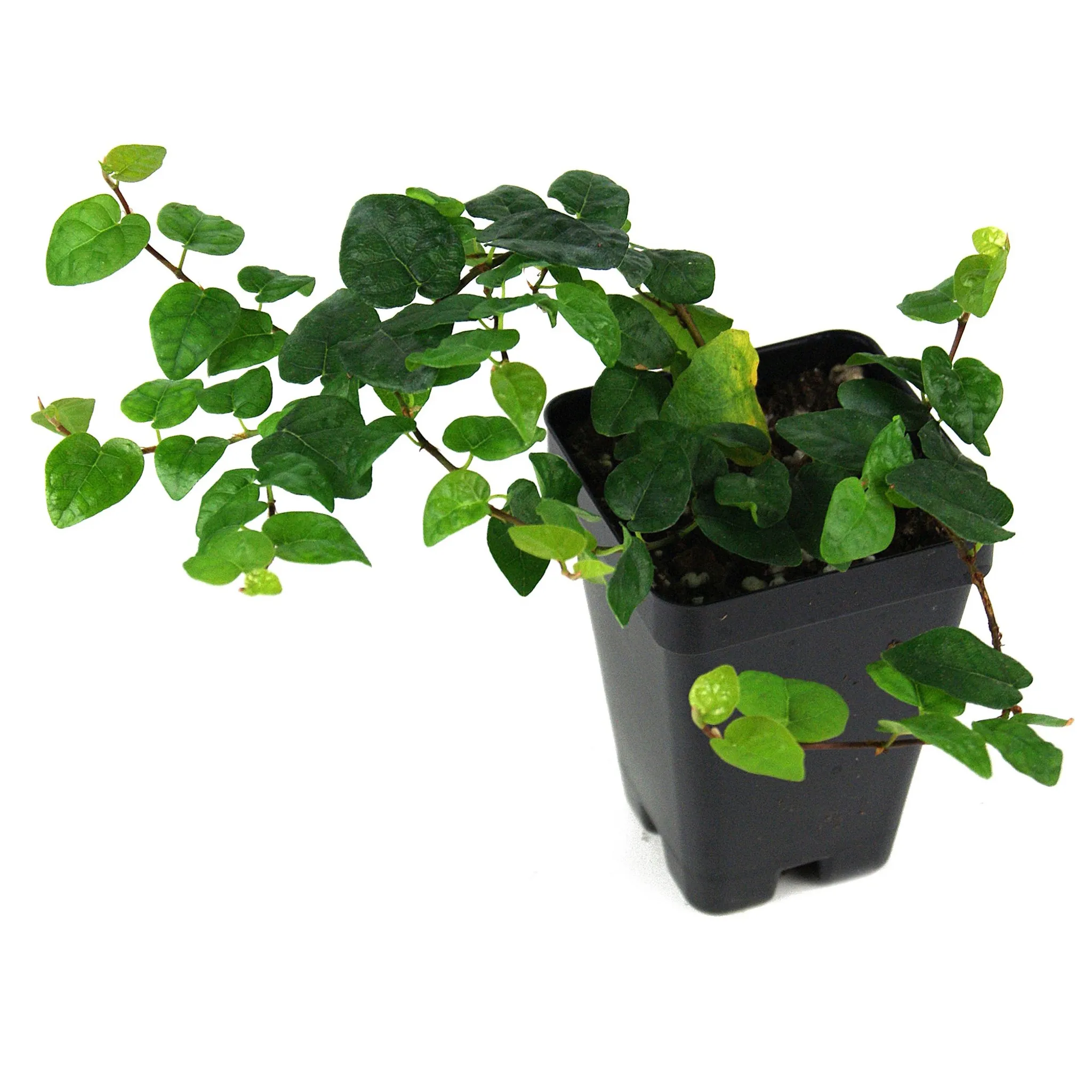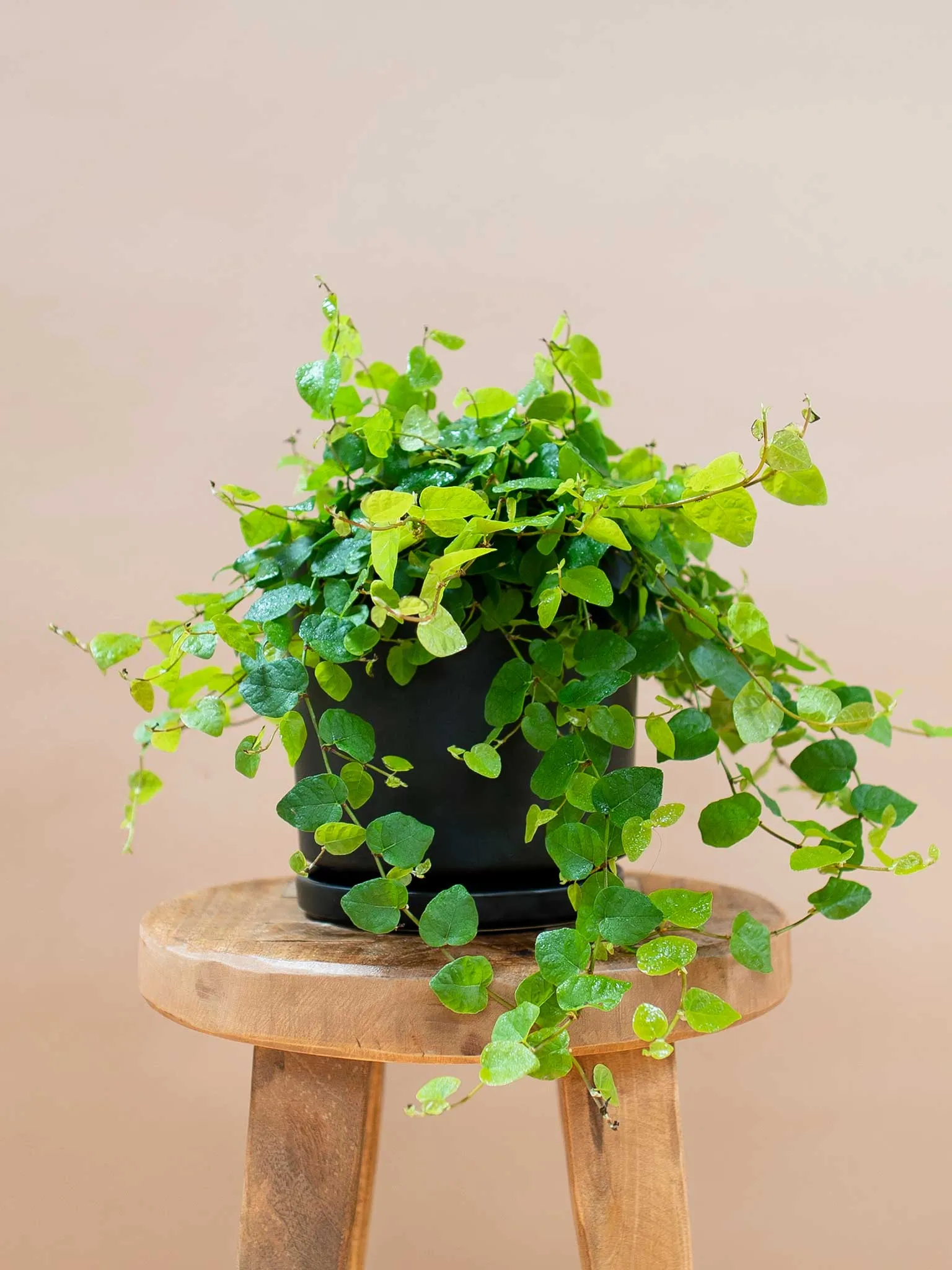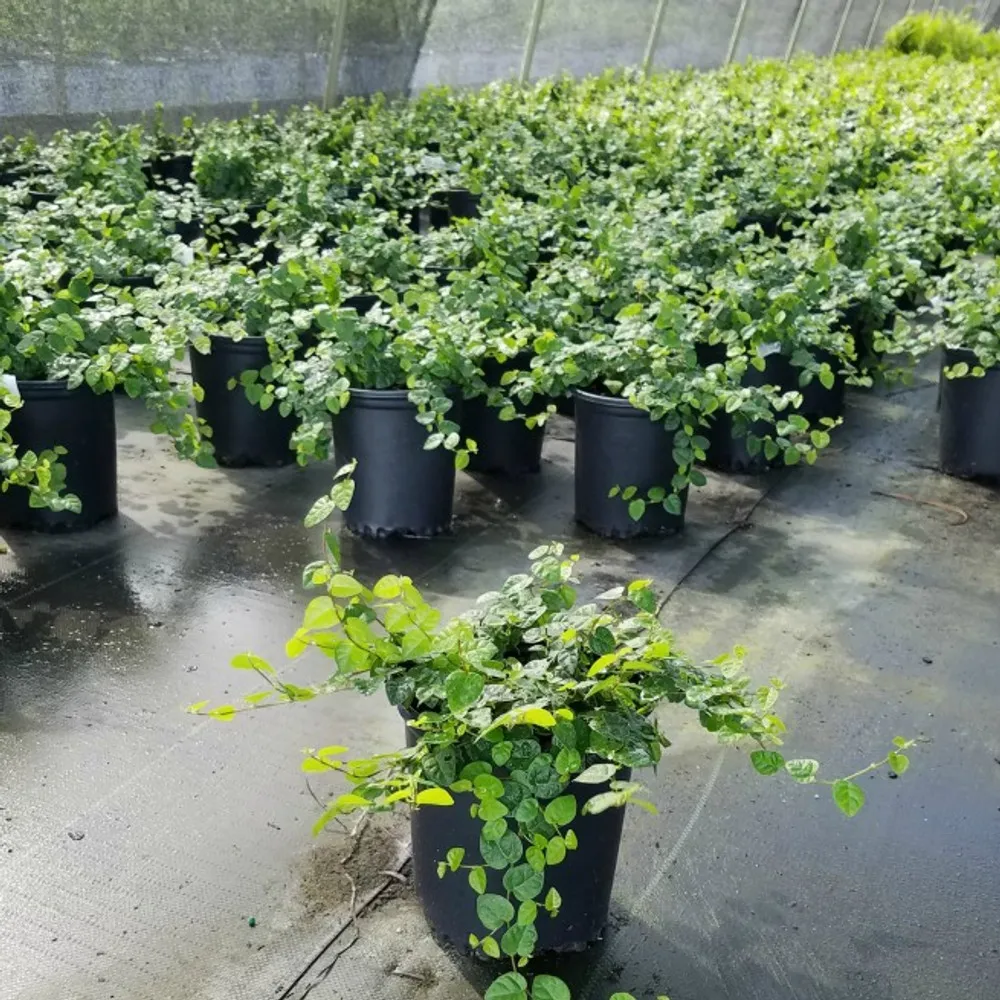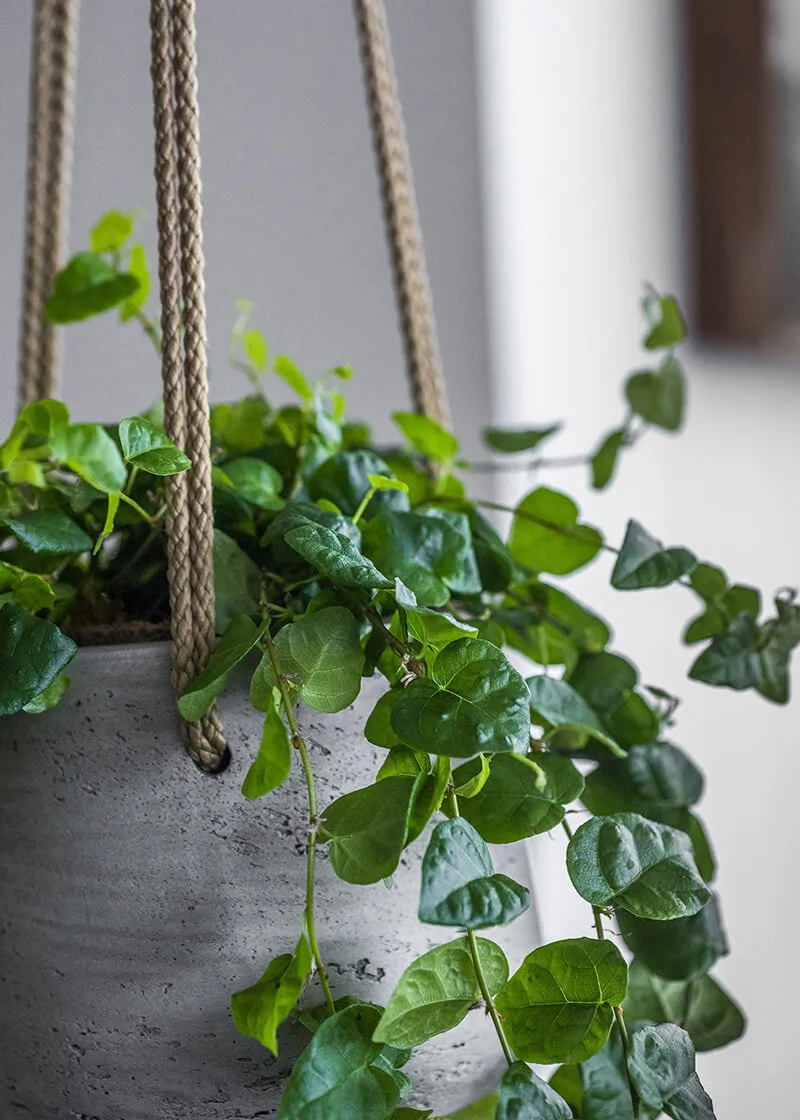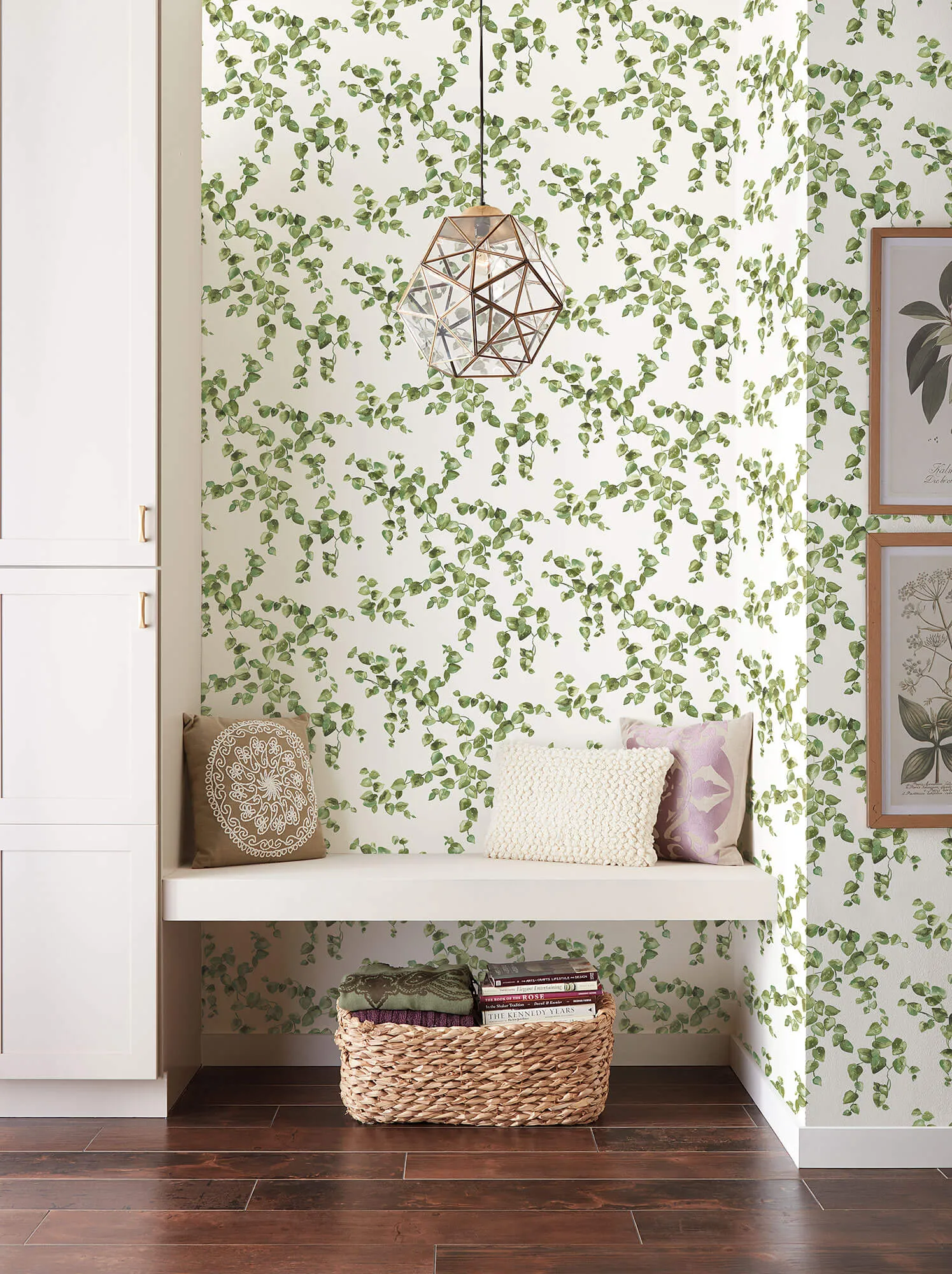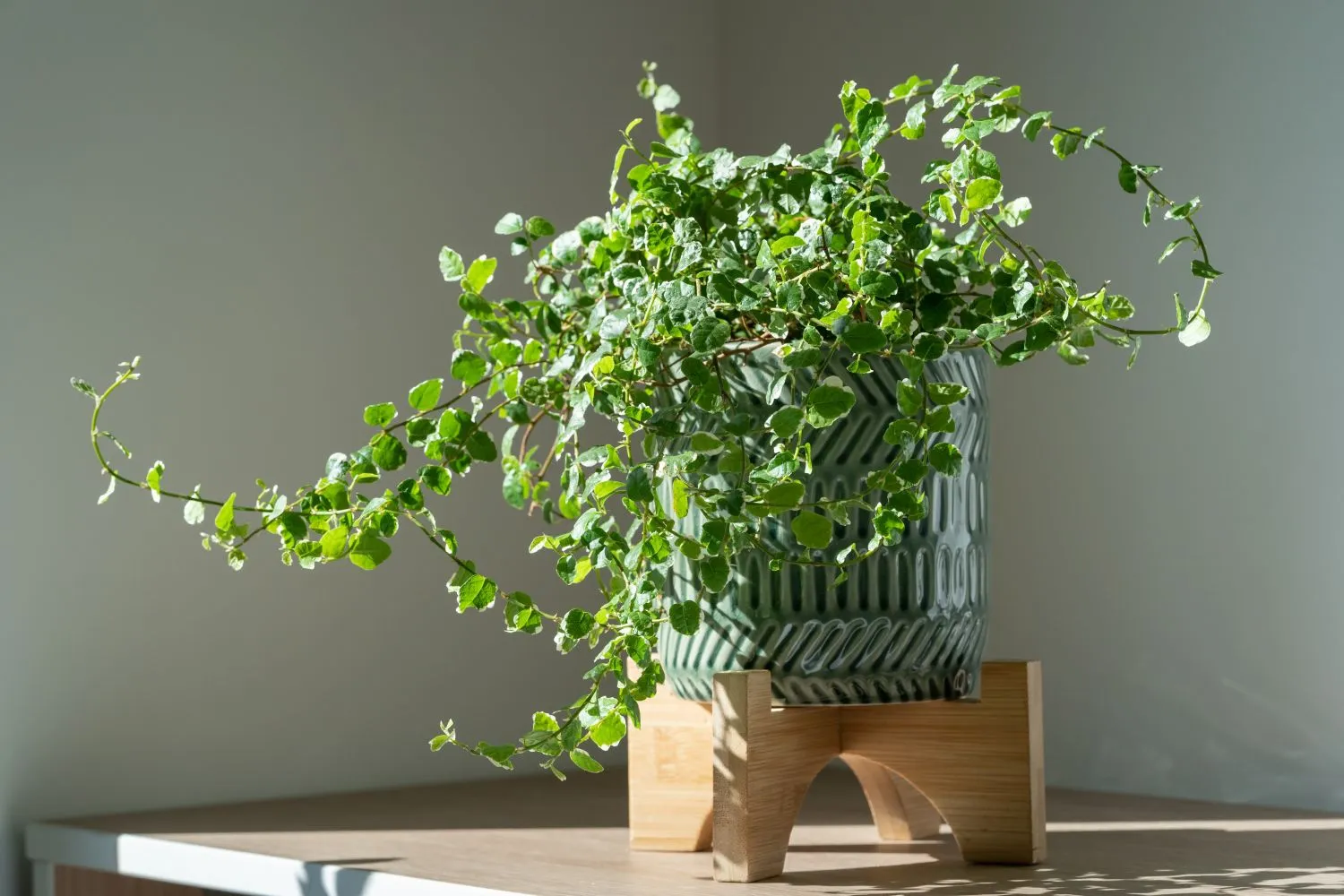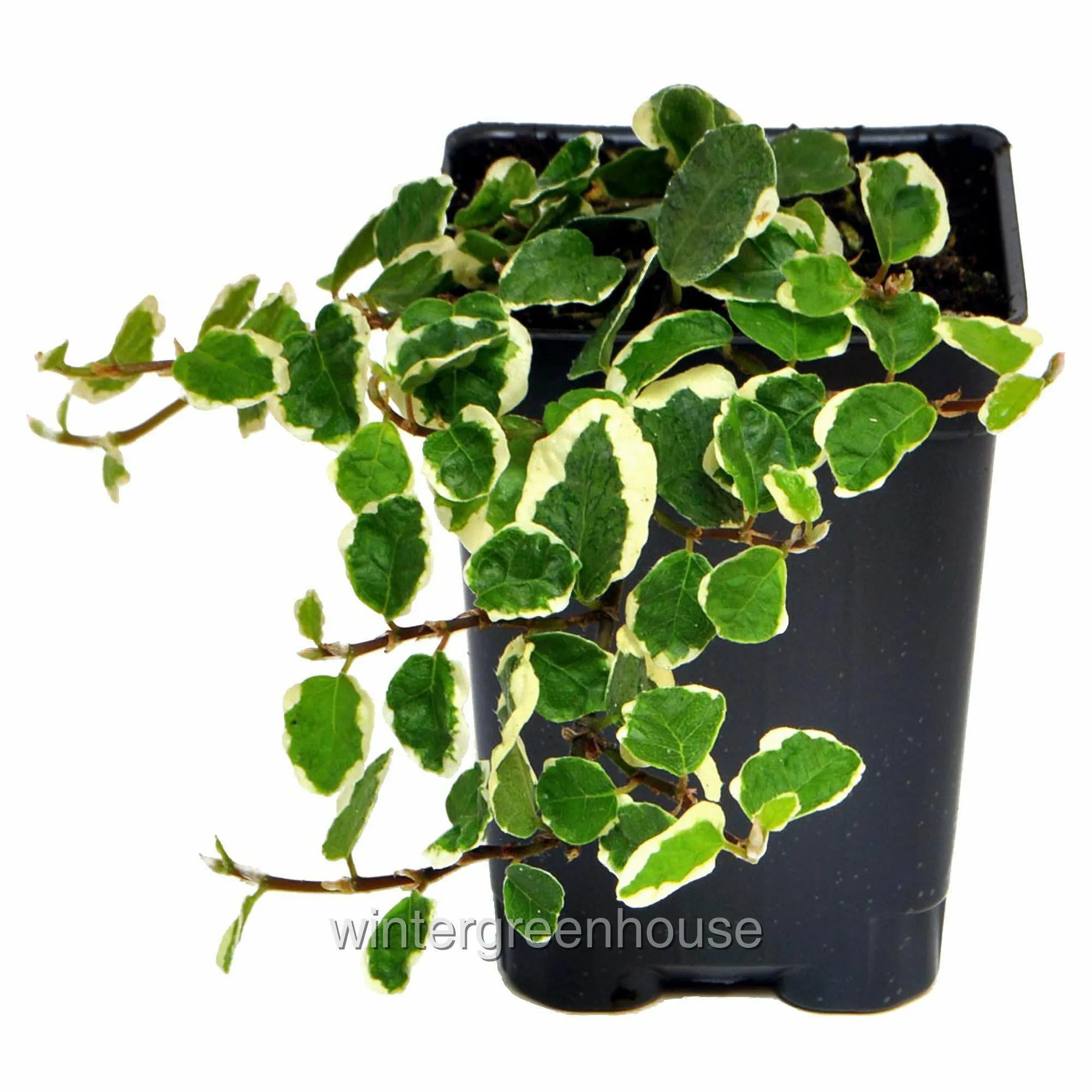Creeping fig: A Versatile Houseplant
Introduction
Creeping fig (Ficus pumila) is a versatile and easy-to-grow houseplant that can be used in a variety of ways. This plant is native to East Asia and is also known as climbing fig or creeping rubber plant. It is a member of the fig family (Moraceae) and has small, heart-shaped leaves that grow closely together to create a dense, lush cover. Creeping fig is commonly used as a houseplant for its attractive foliage, but it can also be grown outdoors in warm climates as a ground cover or climbing vine. In this article, we will explore the various uses and care tips for this popular houseplant.
Types of Creeping Fig
There are several varieties of creeping fig, each with its own unique characteristics. Some of the most popular types include:
Ficus pumila 'Quercifolia'
This variety of creeping fig has leaves that resemble oak leaves, hence its name. It is a slower-growing plant that is ideal for use in small spaces, such as terrariums or hanging baskets.
Ficus pumila 'Variegata'
As the name suggests, this variety of creeping fig has variegated leaves that are green and white. It is a fast-growing plant that can quickly cover walls and other surfaces.
Ficus pumila 'Minima'
This miniature variety of creeping fig has small, tightly packed leaves that create a dense cover. It is ideal for use in terrariums, as a ground cover, or as a climbing vine.
Uses for Creeping Fig
Creeping fig is a versatile plant that can be used in a variety of ways. Here are some of the most common uses for this popular houseplant:
Wall Cover
One of the most popular uses for creeping fig is as a wall cover. This plant is great for covering unsightly walls or creating a green accent wall in your home. To use creeping fig as a wall cover, simply plant it in a pot and train it to climb up the wall using a trellis or wire frame.
Hanging Baskets
Creeping fig is also a great plant for hanging baskets. Its dense foliage creates a lush, cascading effect that looks great in any room. To use creeping fig in a hanging basket, plant it in a well-draining potting mix and hang it in a bright, indirect light.
Terrariums
Creeping fig is an excellent plant for use in terrariums. Its small size and slow growth rate make it ideal for use in small spaces. To use creeping fig in a terrarium, plant it in a well-draining potting mix and place it in a glass container with a lid.
Ground Cover
Creeping fig can also be used as a ground cover in outdoor gardens. Its dense foliage helps to prevent soil erosion and creates a lush, green carpet. To use creeping fig as a ground cover, plant it in a well-draining soil and space the plants 12-18 inches apart.
Care Tips for Creeping Fig
Creeping fig is a relatively easy plant to care for, but it does require some attention to thrive. Here are some care tips to keep in mind when growing this popular houseplant:
Light
Creeping fig prefers bright, indirect light. It can also tolerate some shade, but too much shade can cause the plant to grow slowly or not at all.
Water
Creeping fig likes to be kept moist, but not wet. Water the plant when the top inch of soil feels dry to the touch. Be sure to avoid overwatering, as this can lead to root rot.
Soil
Creeping fig prefers a well-draining potting mix that is rich in organic matter. It can also be grown in a soilless mix, such as peat moss or coco coir.
Fertilizer
Creeping fig does not require a lot of fertilizer, but it can benefit from a balanced, water-soluble fertilizer every two weeks during the growing season.
Pruning
Creeping fig can be pruned to control its growth or to shape it into a desired form. Prune the plant in the spring before new growth appears.
Pests and Diseases
Creeping fig is relatively pest and disease-free, but it can be susceptible to mealybugs, spider mites, and scale insects. Treat any infestations with an insecticidal soap or neem oil.
Conclusion
Creeping fig is a versatile and easy-to-grow houseplant that can be used in a variety of ways. Whether you are looking to cover an unsightly wall, add some greenery to your home, or create a lush ground cover in your garden, creeping fig is a great choice. With a little attention and care, this popular houseplant will thrive and add beauty to any space.
Frequently asked questions about Creeping fig wallpapers
Q: How many "Creeping fig" pictures are available on your website?
A: We have 34 high-quality "Creeping fig" pictures available for download on our website.
Q: In which category can I find the "Creeping fig" pictures?
A: The "Creeping fig" pictures are available in the "Houseplants" category on our website.
Q: Can I download the "Creeping fig" pictures for free?
A: Yes, you can download all the "Creeping fig" pictures for free from our website.
Q: In which file formats are the "Creeping fig" pictures available for download?
A: The "Creeping fig" pictures are available for download in three different file formats - .jpg, .png, and .webp.
Q: Can I choose the size of the "Creeping fig" pictures I want to download?
A: Yes, you can choose the size (width and height) of the "Creeping fig" pictures you want to download from our website.
Q: Does your website automatically detect the visitor's mobile screen size and choose the right size for download?
A: Yes, our website automatically detects the visitor's mobile screen size and chooses the right size for download.
Q: Do I need to create an account to download the "Creeping fig" pictures?
A: No, you do not need to create an account to download the "Creeping fig" pictures from our website.
Q: Can I use the "Creeping fig" pictures for commercial purposes?
A: Yes, you can use the "Creeping fig" pictures for commercial purposes.
Q: Can I modify the "Creeping fig" pictures before using them?
A: Yes, you can modify the "Creeping fig" pictures before using them.
Q: Are there any restrictions on how I can use the "Creeping fig" pictures?
A: No, there are no restrictions on how you can use the "Creeping fig" pictures. However, we request that you do not redistribute or resell them.


